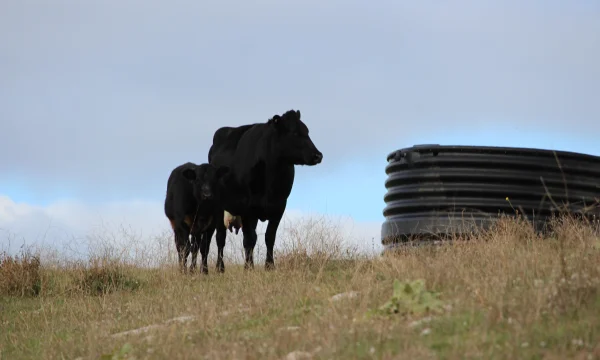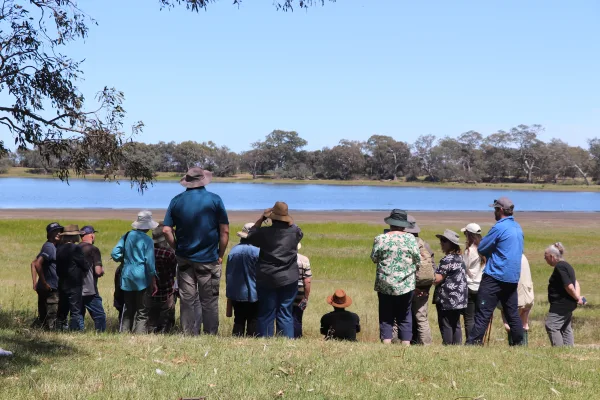Posted on
Progress on the amendment of the Lower Limestone Coast Water Allocation Plan (the Plan) is underway as the Limestone Coast Landscape Board works towards sustainable water management for the Lower Limestone Coast.
“The Lower Limestone Coast is known for its rich and diverse primary production and iconic wetlands, all of which relies heavily on our water resource” said Dr Penny Schulz, Chair of the Limestone Coast Landscape Board.
“As demand for water continues to evolve the need for an updated and adaptive water allocation plan is crucial.”
“The amendment process is critical for our region as we have an opportunity to put in place policy and actions to ensure a sustainable future for our region’s water resources,” said Dr Schulz.
The amendment of the Lower Limestone Coast Water Allocation Plan is being led by the Limestone Coast Landscape Board and is supported by a Stakeholder Advisory Group comprised of representatives from the community, environment, primary production, and industry sectors.
In meetings so far, there has been a focus on building understanding of the data and tools available to support the amendment process. A sound understanding of groundwater models, climate projections and monitoring data is critical as we explore sustainable allocation.
Also being explored are changes to align the Plan to the Landscape South Australia Act 2019. This involves looking at a new framework that includes consumptive pools, water classes and management zones.
The next significant point of discussion in the amendment process will be exploring acceptable impacts of water usage. "When we take water from our resource it has an impact. We need to work through the extent to which we accept these impacts occurring to determine a sustainable allocation."
"An impact of water use can be declining groundwater levels. As groundwater levels decline there may be changes in water quality or the need to deepen bores. There also might be less water for wetlands. We need to consider whether those impacts are acceptable," said Dr Schulz.
"Through modelling we aim to determine the sustainable use threshold of the water resource ensuring that any impacts are within the limits the community are willing to accept. This understanding will be crucial in guiding the allocation of water, ensuring a balanced approach to water usage in the region and safeguarding against overuse of tomorrow's water today."
In recognising the complex task of amendment, Dr Schulz highlighted that it will be a collaborative effort involving industry groups, community members, and government agencies and will require extensive consultation.
"By working together, we are laying the foundation for a resilient water management framework that balances the needs of various stakeholders while safeguarding the long-term health of our water resources."
“We will be holding a number of public information sessions in August to ensure everyone can hear firsthand the scope for changes, the role of the Limestone Coast Landscape Board in amending the plan and hear the views from all groups and community members,” said Dr Schulz.
“We are encouraging everyone to attend the sessions which will be held online and in Kingston, Naracoorte, Mt Gambier and Millicent in August and will be an important step for the Plan amendment.”
Registration for the sessions is via the Lower Limestone Coast Water Allocation Plan page which also provides opportunities for involvement and to provide direct feedback on the review.
Explore the Lower Limestone Coast Water Allocation Plan project page.



